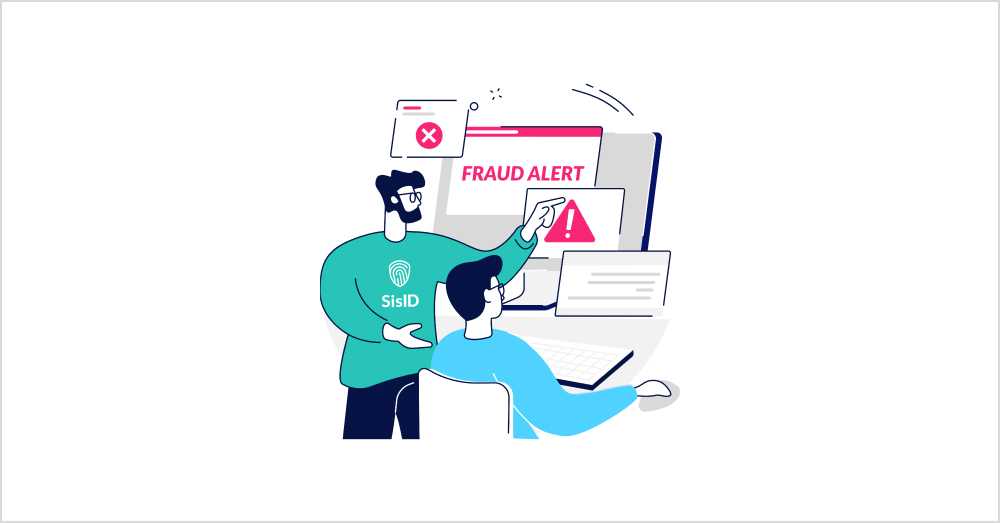Understanding different types of fraud and their risks
Financial fraud has become an increasingly pervasive threat in today’s complex and interconnected global economy. As technology advances and financial transactions become more sophisticated, the avenues for fraudulent activities have also expanded, posing significant challenges to individuals, businesses, and governments alike.
The pervasiveness of financial fraud
In recent years, the incidence of financial fraud, a form of white-collar crime, has surged to unprecedented levels, resulting in significant economic losses and undermining confidence in financial system. Various forms of fraud like identity theft, phishing scams, Ponzi schemes, and insider trading, have multiplied in various sectors. The ubiquity of online transactions and the digitalization of financial processes have created new opportunities for fraudsters, who continuously adapt their techniques to exploit vulnerabilities in these systems.
Fraudulent activities often transcend borders, requiring collaborative efforts and innovative strategies to effectively address and mitigate these threats. Support services and examples from various sectors can provide valuable insights into the evolving nature of financial fraud.
Importance of vigilance for professionals in identifying and combatting fraud
Financial professionals must remain informed about the latest trends and tactics employed by fraudsters, staying one step ahead in the ever-evolving landscape of financial crime. Enhanced knowledge, coupled with the application of robust risk management practices, empowers these professionals to detect and prevent fraudulent activities before they cause irreparable harm. By fostering information sharing and coordinated efforts, these stakeholders can develop comprehensive strategies to detect, investigate, and prosecute financial fraud effectively.
Types of financial fraud
Identify theft
Identity theft is a pervasive threat in the field of financial fraud, encompassing various subtypes that pose serious problems for individuals and professionals alike.
Our tips to protect yourself :
Payment card fraud
Types of payment card fraud
Credit card fraud is a major threat to banking and financial transactions. It encompasses a variety of techniques and schemes that require vigilant attention from professionals.
Our tips to protect yourself :
Account takeover fraud
Account takeover fraud represents a significant threat where fraudsters gain unauthorized access to a victim’s account and use it to commit fraudulent activities. This can include unauthorized money transfers, accessing personal information, and making unauthorized purchases.
Methods of Account Takeover: Fraudsters often use phishing emails, social engineering, and malware to steal login credentials. Once they have access, they change account settings, lock out the legitimate user, and carry out fraudulent transactions.
Our tips to protect yourself :
Corporate fraud
Types of corporate fraud
Corporate fraud, including cybercrime, is a serious threat to business integrity and investor confidence. It is essential to understand the different forms of corporate fraud to build effective prevention mechanisms.
Our tips to protect yourself :
Consumer fraud
Types of consumer fraud
Consumer fraud involves deceptive practices that result in financial or personal gain at the expense of consumers. Common types include false advertising, pyramid schemes, and unauthorized billing.
Our tips to protect yourself :
Phishing and social engineering
Types of phishing and social engineering
Phishing and social engineering are frequently used fraud techniques, representing sophisticated cyber threats that exploit human psychology to gain unauthorized access to sensitive information.
Our tips to protect yourself :
Malware
Types of malware
Malware is malicious software designed to disrupt, damage, or gain unauthorized access to computer systems. The common types are viruses, worms, trojans, spyware, and adware.
Our tips to protect yourself :
Legal and regulatory frameworks
Overview of international anti-fraud regulations
The global anti-fraud regulatory landscape is characterized by an interplay of national and international frameworks designed to combat fraudulent activities. Organizations operating abroad have to adapt to an avalanche of regulations on the prevention, detection, and prosecution of financial fraud. Key elements of global anti-fraud regulations include mandates for transparent financial reporting and measures against money laundering.
Legal consequences for perpetrators of financial fraud
Perpetrators of financial fraud face serious legal consequences under anti-fraud regulations. Legal repercussions can include criminal prosecution, heavy fines, asset forfeiture, and imprisonment, underscoring the seriousness with which companies view financial fraud.
Collaboration between professionals and law enforcement agencies
Professionals, including auditors, investigators, and compliance officers, play a vital role in providing valuable information and evidence to law enforcement agencies. Transparent and timely communication channels between the private sector




